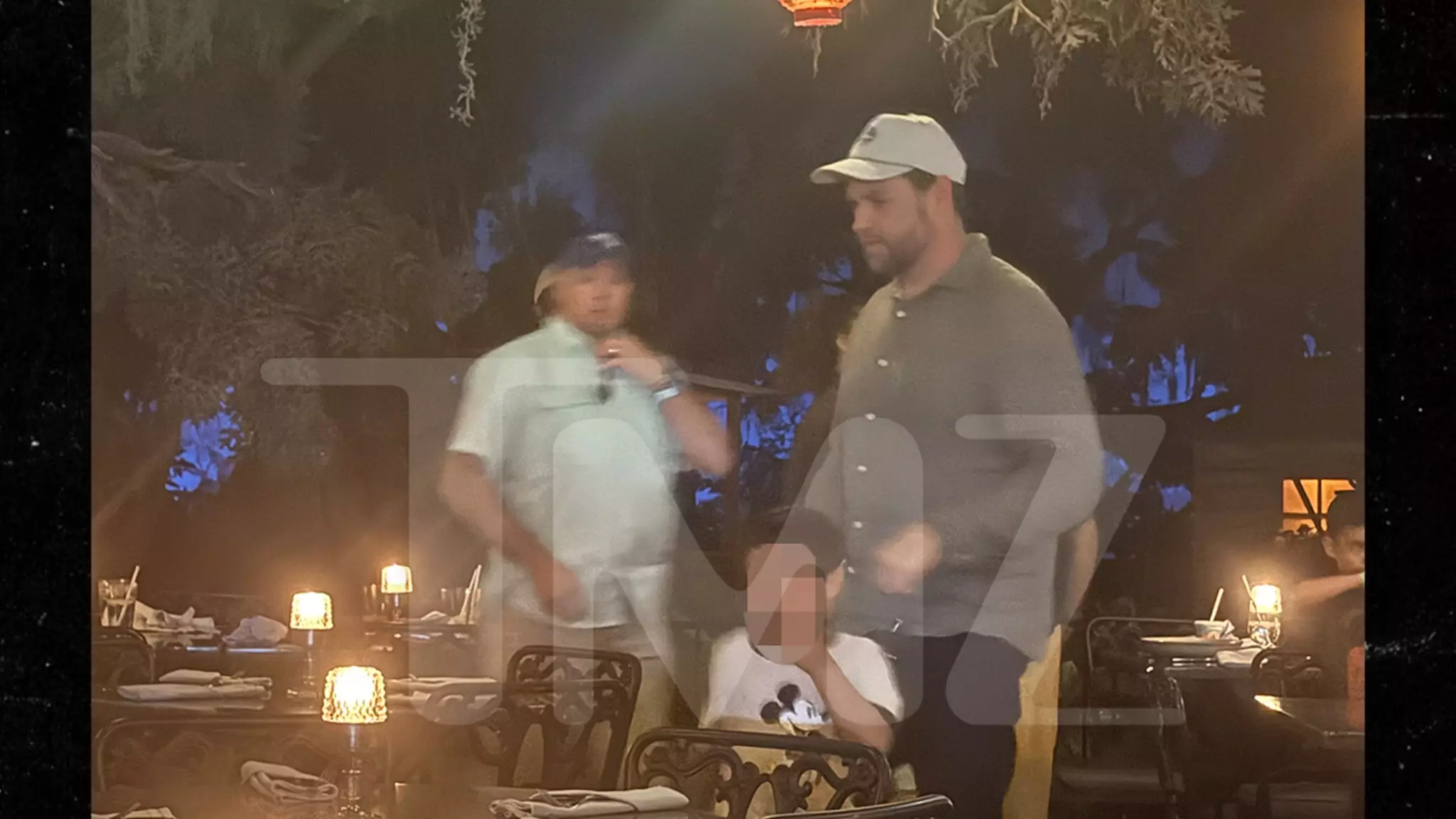In an era where politicians are constantly scrutinized and judged through the lens of social media, JD Vance’s recent appearance at Disneyland highlights a strategic commitment to transparency and humanization. Unlike traditional politicians who often shy away from public outings, Vance chose to spend a family day in a highly visible space, associating himself with relatable family activities. This act not only helps him break down political barriers but also fosters an image of authenticity—a crucial asset in today’s polarized climate.
By dining at the Blue Bayou Restaurant nestled within the ‘Pirates of the Caribbean’ ride, Vance places himself among ordinary Americans, engaging in leisure activities that resonate widely. His relaxed demeanor, captured by onlookers and social media, sends a message: despite political pressures and media storm, he remains grounded and approachable. While critics may argue this approach is merely superficial, it undeniably amplifies his relatability, allowing voters to see a different side of their representatives—something often missing from scripted political appearances.
Public Spaces as Platforms for Political Messaging
The choice of Disneyland underscores a savvy understanding of how modern politicians utilize casual environments for subtle messaging. Parks like Disneyland are tourist hubs teeming with diverse demographics, offering Vance an unparalleled opportunity to humanize himself beyond the sterile confines of official events. His willingness to appear in an environment associated with family fun and nostalgia can be a calculated move to connect emotionally with constituents who value family values, leisure, and shared cultural experiences.
Furthermore, the presence of Secret Service agents and security details in casual attire signals a new dawn in political branding—security does not need to be invisible to be effective. It becomes part of the narrative, reinforcing the idea that politicians are ever-present yet approachable, blending safety with accessibility. These images, shared widely online, serve a dual purpose: reassuring supporters that their leader is protective and demonstrating an image of normalcy in an often chaotic political landscape.
Controversy and Camaraderie: Navigating Political Tensions
Yet, Vance’s outing does not come without its complications. The trip occurred amid a backdrop of political tensions, protests, and sharp criticism—most notably from critics such as California Governor Gavin Newsom. While some might see such confrontations as unavoidable, Vance’s decision to continue with personal leisure activities exemplifies resilience and tenacity. Instead of retreating, he shows confidence, refusing to let negative commentary diminish his public presence.
His participation in activities like riding ‘Tiana’s Bayou Adventure’ further signals a willingness to engage with cultural and entertainment spaces that resonate with diverse audiences. Unlike politicians who avoid controversial settings, Vance confronts these spaces head-on, indicative of a broader strategy to position himself as confident and unwavering amid opposition. This courage to embrace both praise and criticism could define his political narrative moving forward—particularly if he leverages these moments to demonstrate strength rather than defensiveness.
JD Vance’s recent Disneyland visit exemplifies the type of political engagement that prioritizes authenticity, resilience, and strategic visibility. In an age where image often outweigh substance, his ability to balance casual accessibility with unwavering resolve could prove pivotal in shaping his future political trajectory.

